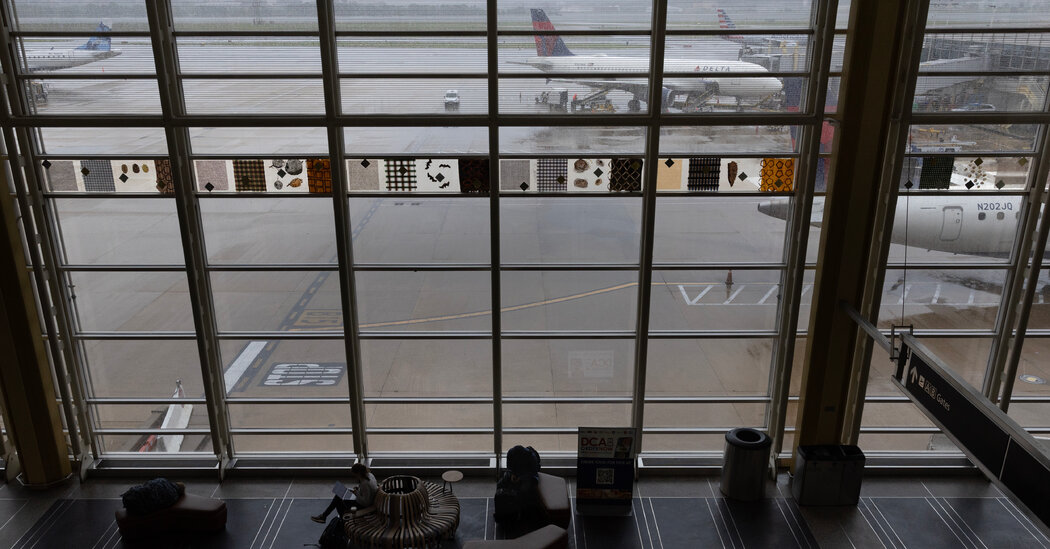‘This Is a Test’: Nationwide Alert Will Reach Cellphones, TVs and Radios
Testing. One. Two. Three.
Every television, radio and cellphone in the United States is going to broadcast a message on Oct. 4 along the lines of: “THIS IS A TEST of the National Wireless Emergency Alert System. No action is needed.”
The test alert will be sent out around 2:20 p.m. Eastern time. The test will be conducted by the Federal Emergency Management Agency, working in coordination with the Federal Communications Commission.
The test is intended to make sure that the alert system is ready to warn the public in the event of emergencies, particularly those that have a national impact, FEMA said in a statement.
If there is an actual emergency on Oct. 4, such as severe weather, a backup testing date was set for Oct. 11.
How often are the tests run on a national scale?
This will be the seventh time that a nationwide test of the Emergency Alert System is beamed to radios and televisions.
This will be only the second test transmitted to all cellular devices.
What’s the point of sending an alert when nothing is happening?
Federal agencies want to make sure the technology is functioning correctly, and they also want people to know such an alert exists before it needs to be used, said Jeff Schlegelmilch, the director of the National Center for Disaster Preparedness at Columbia University.
“Speaking generally, alerts are only effective if people know what they are and they know what to do with them,” Mr. Schlegelmilch said.
The test also comes after the fast-moving fires in Maui, Hawaii, a disaster in which Maui’s emergency management agency decided not to sound emergency sirens that might have alerted people to the danger.
What types of alerts can I expect?
While it’s a good idea to practice how to use a nationwide emergency alert, not many situations will call for such an alert, since most alerts are sent by local and state authorities.
There are “very few circumstances where you will notify the entire country about something,” Mr. Schlegelmilch said.
The public will typically receive local and regional alerts ahead of extreme weather or to seek cooperation, such as in the case of a missing child, he said.
A variety of alerts can be sent to mobile devices. Missing persons alerts, also known as Amber Alerts, are issued in child abduction cases. Imminent threat alerts may be sent to steer people away from danger in extreme weather or active shooter situations where circumstances can rapidly change, while public safety alerts may offer useful information when there isn’t an immediate threat. Presidential alerts may be sent in a national emergency.
Who else uses these alerts?
The United States has been sending emergency alerts to phones for more than a decade now, according to the F.C.C. Other countries, such as the Netherlands and Japan, use similar systems. Most recently, Britain tested its new emergency alert system in April.
Have there ever been false alarms?
Yes. In January 2018, people in Hawaii received a false emergency alert warning them of an incoming ballistic missile. It took about 38 minutes for the state to send another alert that said the first one was issued in error. The worker who sent the alert thought the state was facing an actual threat, officials from the F.C.C. and Hawaii said.
Can cellphone users opt out of the alerts?
Partially. Participating wireless carriers may offer the ability to block certain alerts involving imminent threats to safety and Amber Alerts, according to the F.C.C. Consumers cannot block national alerts.
For instance, the test alert and other alerts can be switched off on most iPhones if the user goes to the notification settings and scrolls to the bottom where it says “government alerts.”
The F.C.C. said it recommended keeping the alerts on because they could be potentially lifesaving.


